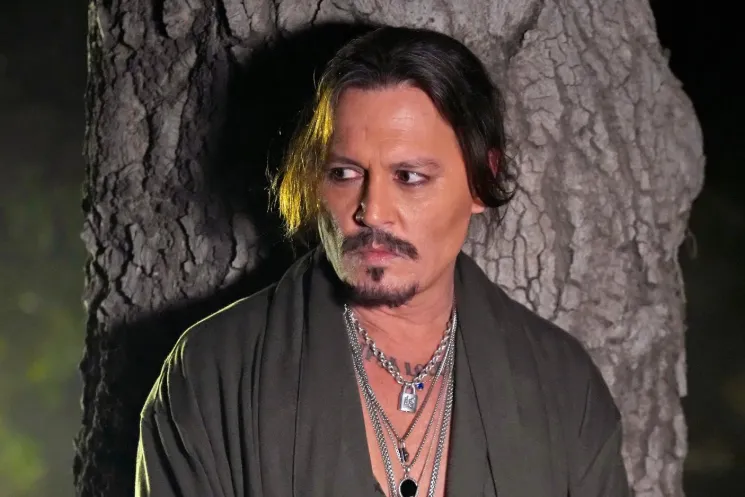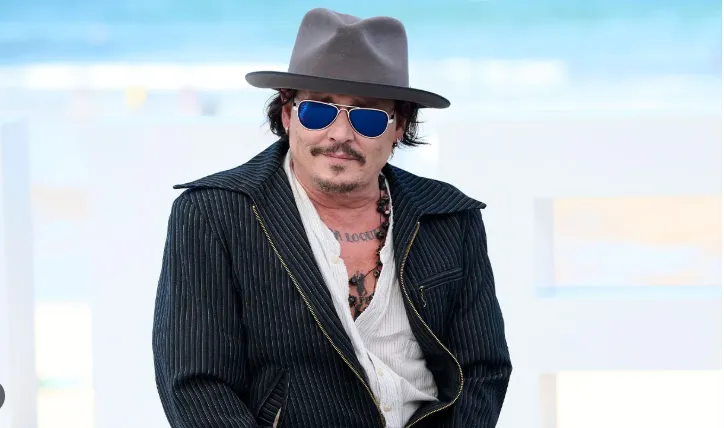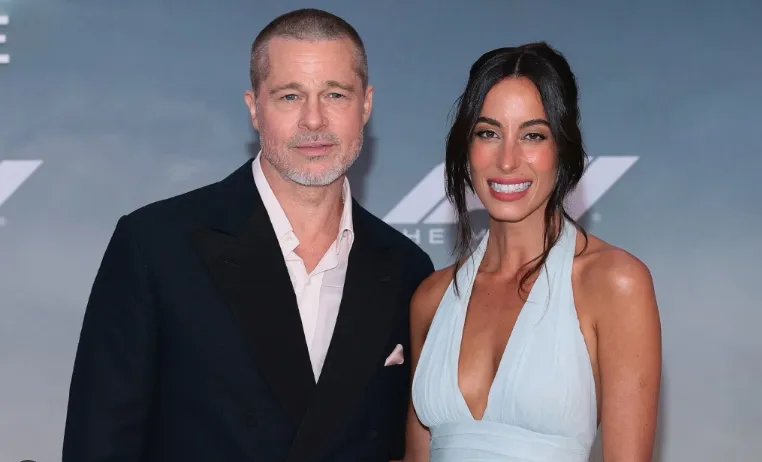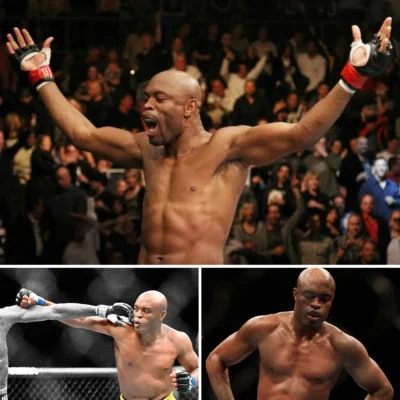
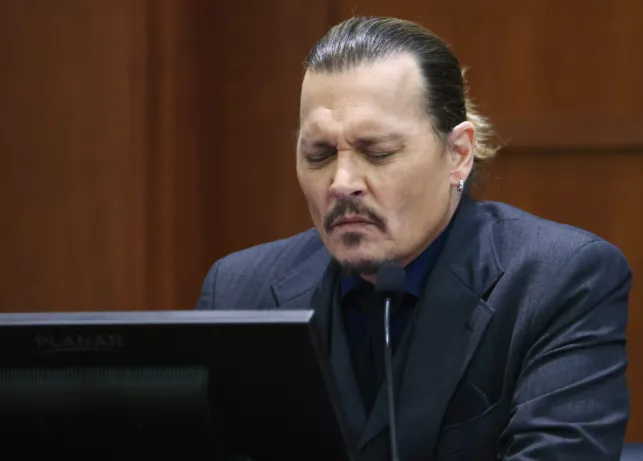
Johnny Depp’s Darkest Movie Experience: The Project That Left Him $2 Million in Debt
For most fans and film lovers, Johnny Depp is synonymous with box office success, quirky genius, and one of the most recognizable faces in Hollywood. From Captain Jack Sparrow to Edward Scissorhands, Depp has carved a unique path with unforgettable performances and a magnetic on-screen presence. But behind the scenes, the actor’s career hasn’t always been a smooth sail. One film, in particular, left a lasting scar—not just on his reputation but on his wallet. This was Johnny Depp’s darkest movie experience, a project so chaotic and ill-fated that it ultimately left him $2 million in debt.
This isn’t just a story of a bad film; it’s a deep dive into the struggles, ambition, and artistic obsession that nearly cost Depp everything. And it centers on a passion project that was supposed to define him as a filmmaker—but instead became his most painful professional disaster.
The Dream That Turned Into a Nightmare: “The Man Who Killed Don Quixote”
The project at the heart of this tale was “The Man Who Killed Don Quixote,” a film originally helmed by acclaimed director Terry Gilliam. The film had long been considered one of Hollywood’s most “cursed” productions, having been stuck in development hell for decades. It was supposed to be a cinematic masterpiece—a surreal adaptation of Cervantes’ classic novel infused with Gilliam’s unmistakable vision.
Depp was cast in the late 1990s as the lead, playing a 21st-century man transported back in time, who finds himself entangled in the delusions of Don Quixote. For Depp, the opportunity was golden. He was at the height of his career, and the idea of working with Gilliam on a story so ambitious and eccentric excited him.
But the excitement would be short-lived. The production collapsed in spectacular fashion, setting off a chain of events that would haunt Depp for years.
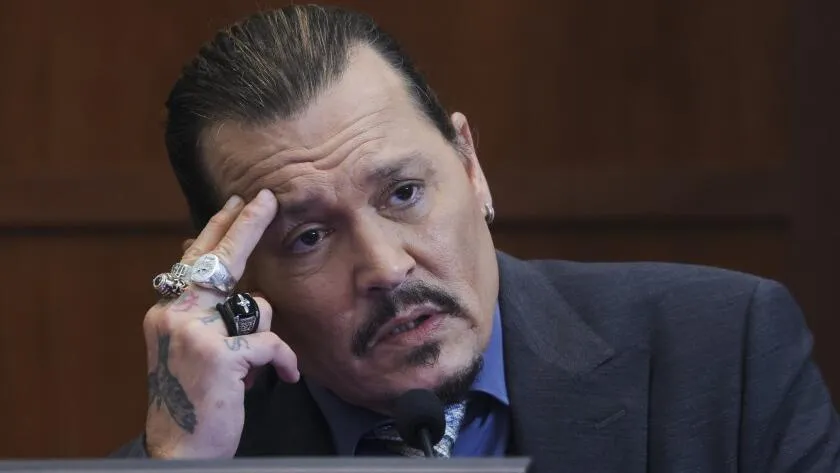
Unfolding Chaos: Equipment Destroyed, Health Issues, and Natural Disasters
The production officially began in 2000 in Spain. From day one, everything that could go wrong did go wrong.
First, military jets flying overhead ruined the audio of multiple outdoor scenes. Then, a flash flood destroyed sets and equipment. Shortly after, actor Jean Rochefort, who was playing Don Quixote, developed a severe health issue and had to exit the production.
These weren’t small setbacks—they were catastrophic blows. With escalating costs, insurance disputes, and no way to salvage the ruined footage, the production was shut down entirely.
For Depp, the failure was more than a disappointment. He had already invested his own time and money into the project. With filming abandoned and contractual obligations still pending, he found himself facing mounting financial stress.
The Emotional Toll: Depp’s Growing Frustration and Depression
While many actors would have walked away, Johnny Depp’s emotional investment in the film ran deep. He had championed the project from the start, even helping raise funding and lobbying studios for support. When it all fell apart, he didn’t just lose a role—he lost a dream.
Friends and insiders close to Depp revealed that the experience left him devastated. The chaos had taken a toll not only on his bank account but on his mental health, triggering a period of frustration, self-doubt, and disillusionment with the film industry.
Depp would later describe the situation as “one of the most heartbreaking things” he’d ever endured in Hollywood.
The $2 Million Debt: How It All Spiraled Financially
The true extent of the financial damage came to light during legal disputes and later interviews. Johnny Depp was left with over $2 million in debt related to the failed project. This included legal fees, production losses, and personal financial commitments tied to the film’s completion.
At the time, Depp was still one of Hollywood’s top earners, but this debt was a shock to even his financial advisors. He had become entangled in lawsuits with his management team over alleged mishandling of funds and investments—a legal battle that would later become public and very messy.
“The Man Who Killed Don Quixote” became a cautionary tale, not just about filmmaking gone wrong, but about the risks of trusting too deeply in a system that can collapse overnight.
A Delayed Revival: Gilliam Finishes the Film Without Depp
Interestingly, Terry Gilliam never gave up on the project. After multiple failed attempts, he finally completed “The Man Who Killed Don Quixote” in 2018—almost 20 years after Depp had been cast. This time, the lead role went to Adam Driver, with Jonathan Pryce playing Don Quixote.
While the film finally saw the light of day, Johnny Depp was notably absent. He offered no public statement about its release, though insiders say he was glad it finally happened—even if it no longer involved him.
For many fans, the finished product was a bittersweet reminder of what could have been. The idea of Depp as the confused modern-day man trapped in a Quixotic dream still lingers as one of Hollywood’s greatest “what ifs.”
How the Experience Changed Johnny Depp’s Career Path
The aftermath of the failed Don Quixote project had a lasting impact on Depp’s choices moving forward. Though he continued to take on daring roles, he became more selective, favoring commercially safe projects like the Pirates of the Caribbean franchise, Fantastic Beasts, and other studio-backed films.
This wasn’t just a creative decision—it was a financial necessity. After the Quixote debacle and the legal issues with his former management, Depp needed reliable income to stabilize his finances.
The experience also contributed to his growing skepticism of Hollywood studios and production teams. He became more guarded, more involved in the business side of filmmaking, and more insistent on having creative control.
Hollywood’s Costliest Passion Projects: Where Depp’s Failure Ranks
Depp is far from the only actor or director to have lost millions chasing a dream project. Orson Welles, Francis Ford Coppola, and Kevin Costner all took massive financial risks to bring ambitious visions to life.
But Johnny Depp’s journey with “The Man Who Killed Don Quixote” stands out for its sheer absurdity and heartbreaking collapse. It’s a story that blends tragedy, hope, and the high stakes of artistic ambition.
In many ways, it adds depth to Depp’s mystique. Here is a man who didn’t just act for money or fame—he risked his own fortune for a story he believed in. And while it cost him dearly, it also solidified his reputation as someone willing to gamble everything for art.

Lessons Learned: Depp’s Redemption Arc in Hollywood
In the years since, Depp has rebuilt his career and finances. He’s returned to the public eye after personal and professional challenges, and his loyal fan base remains stronger than ever.
New projects, awards recognition, and international appearances have helped restore some of his former glory. But the scars of the Don Quixote experience remain. It serves as a reminder of both his vulnerability and his unwavering passion.
Where others might have folded, Johnny Depp chose resilience. And in doing so, he became more than just a movie star—he became a symbol of artistic integrity in an industry driven by numbers.
Conclusion: The Film That Haunts and Defines Him
Johnny Depp’s darkest movie experience wasn’t a box-office flop or a critical disaster—it was a dream that never fully materialized, leaving behind emotional wounds and financial wreckage. Yet, that same experience also revealed his strength, dedication, and rare willingness to put everything on the line for the sake of storytelling.
The $2 million loss is now a part of Depp’s complicated legacy. But it doesn’t define him. If anything, it enriches the narrative of a man who has walked through fire and emerged with his artistry intact.
Because in the world of cinema, not all heroes wear armor—some wear heartbreak like a badge of honor.








